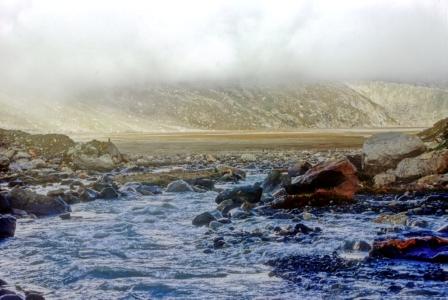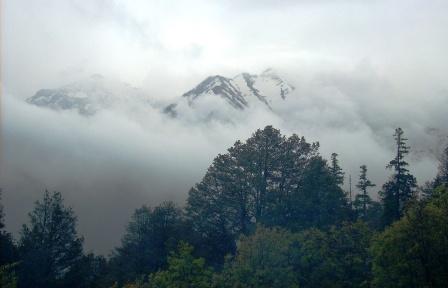About the Park
Climate
The climate is typically the Western Himalayan temperate and alpine type. There are four distinct seasons recognized for GHNP: spring (April-June), rainy/summer (July-September), autumn (October-November) and winter (December-March). Precipitation is moderate over most of the year and abundant during monsoon from mid-June to mid-September. During winter, the precipitation is in the form of snow even in lower elevation (1,560 m) and higher elevation areas experience heavy snowfall of over 2 m depth.
Mean annual rainfall recorded at Niharni and Sainj in Sainj valley for the years 1992-1994 was 1155.7 mm and 1158.3 mm respectively. The maximum annual rainfall recorded recently was 1298 mm, which is not significantly different from the previous records. The ambient temperature varied from -10 to 40 C, January and June being the coldest and hottest months of the year respectively.



